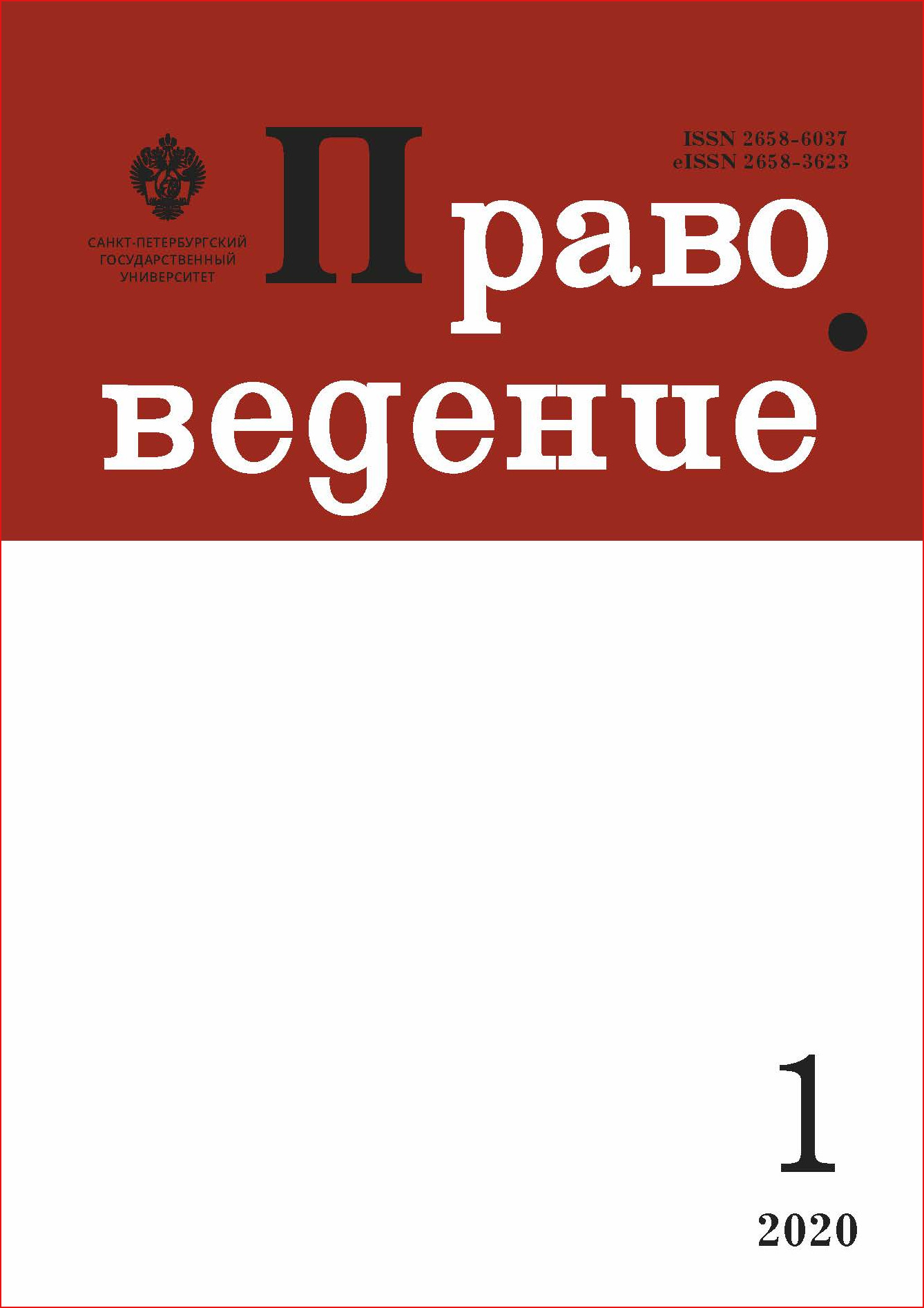Ethics, intellectual property and commercialization of cultural heritage
DOI:
https://doi.org/10.21638/spbu25.2020.108Abstract
The Sámi are an indigenous people residing in Sápmi, a region cutting across northern Scandinavia (Norway, Finland, Sweden) and the Kola Peninsula in Northwest Russia. This article tells the story of a Sámi sun symbol on a seventeen century drum, originally from Swedish Sápmi, that was registered as a trademark by a jewellery company in Norway called “Tana Gull and Sølvsmie AS” in 2009. The mark was invalidated in 2020 because, according to the Norwegian Intellectual Property Office, the registration of a religious symbol was likely to infringe on the rights of the Sámi, whose access to their own cultural and religious symbols should be protected. The basis for the decision was a public policy exception, a provision within trademark law excluding the registration of signs “contrary to morality or public policy”, and allowing the law into account public opinion, public interest and human rights. Analysis of this case is used to shape the debate about the role of intellectual property law in addressing the problem of overcommercialization, for example by preventing cultural misappropriation. The authors suggest that the notion of blasphemy or religious offence through banal commercialization should be more broadly formulated in interpretation of the public policy exception in order to take account of cultural misappropriation. They also argue that protecting the public domain by preventing registration of important cultural and religious symbols is not sufficient to address the problem of cultural misappropriation in a commercial context. Positive protection through trademark registrations is just as important as their defensive protection.
Keywords:
Sámi, Intangible Cultural Heritage, commercialization, cultural misappropriation, trademark, ethics, intellectual property
Downloads
References
Minde, Henry. 2005. Assimilation of the Sami — Implementation and Consequences. . Aboriginal Policy Research Consortium International (APRCi) . Available at: https://ir.lib.uwo.ca/aprci/196(accessed: 28.06.2020).
Downloads
Published
How to Cite
Issue
Section
License
Articles of "Pravovedenie" are open access distributed under the terms of the License Agreement with Saint Petersburg State University, which permits to the authors unrestricted distribution and self-archiving free of charge.




